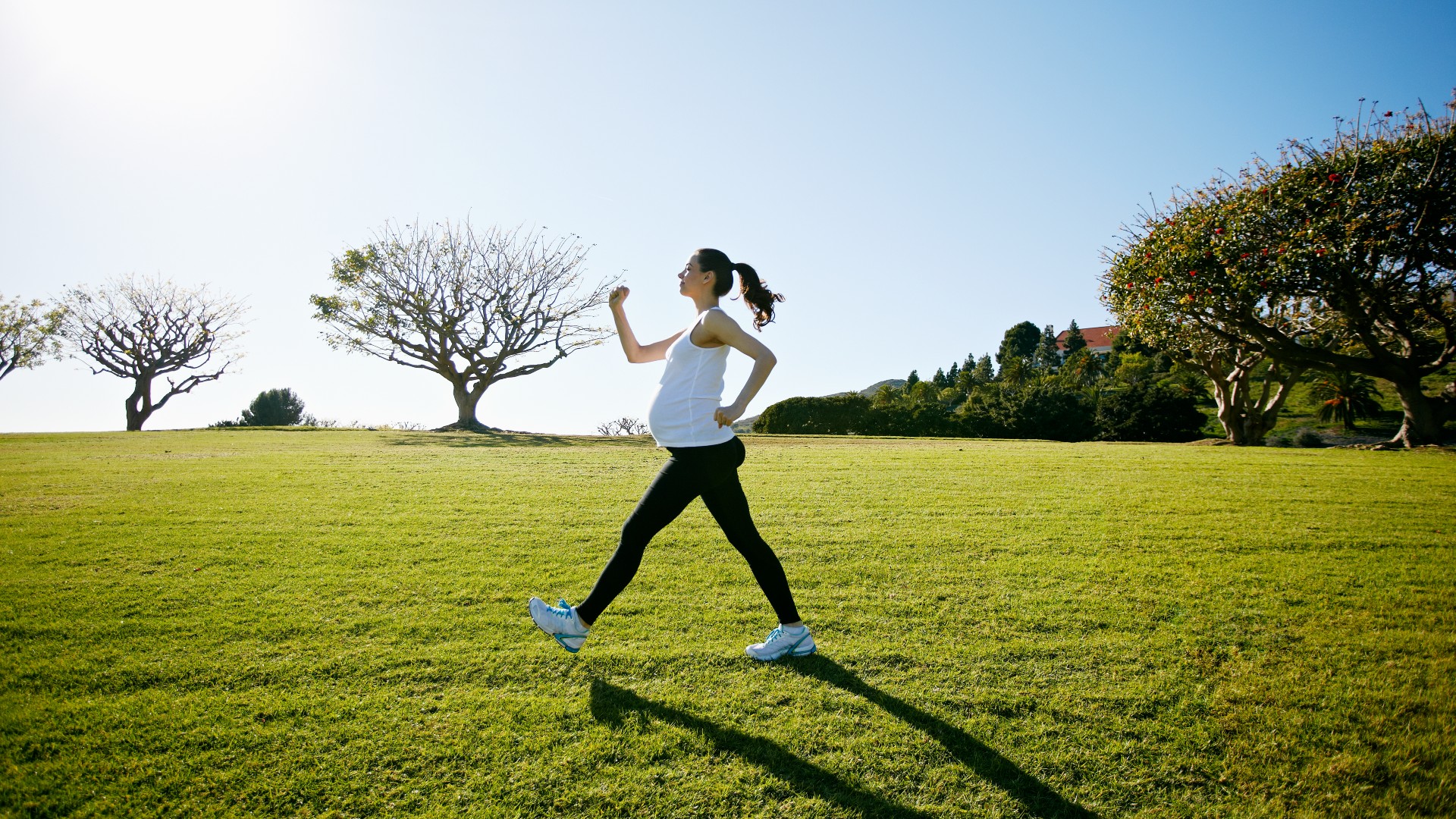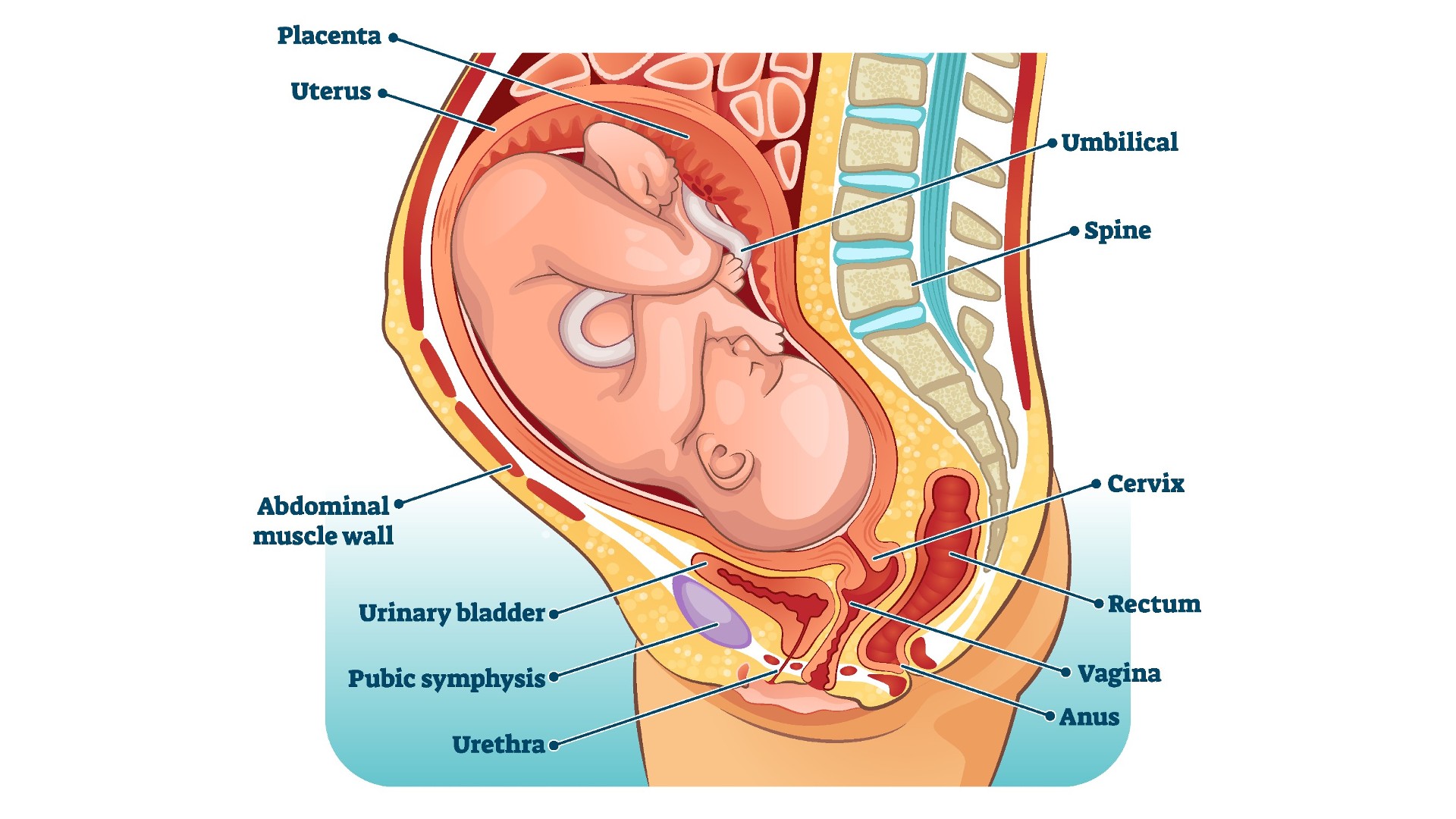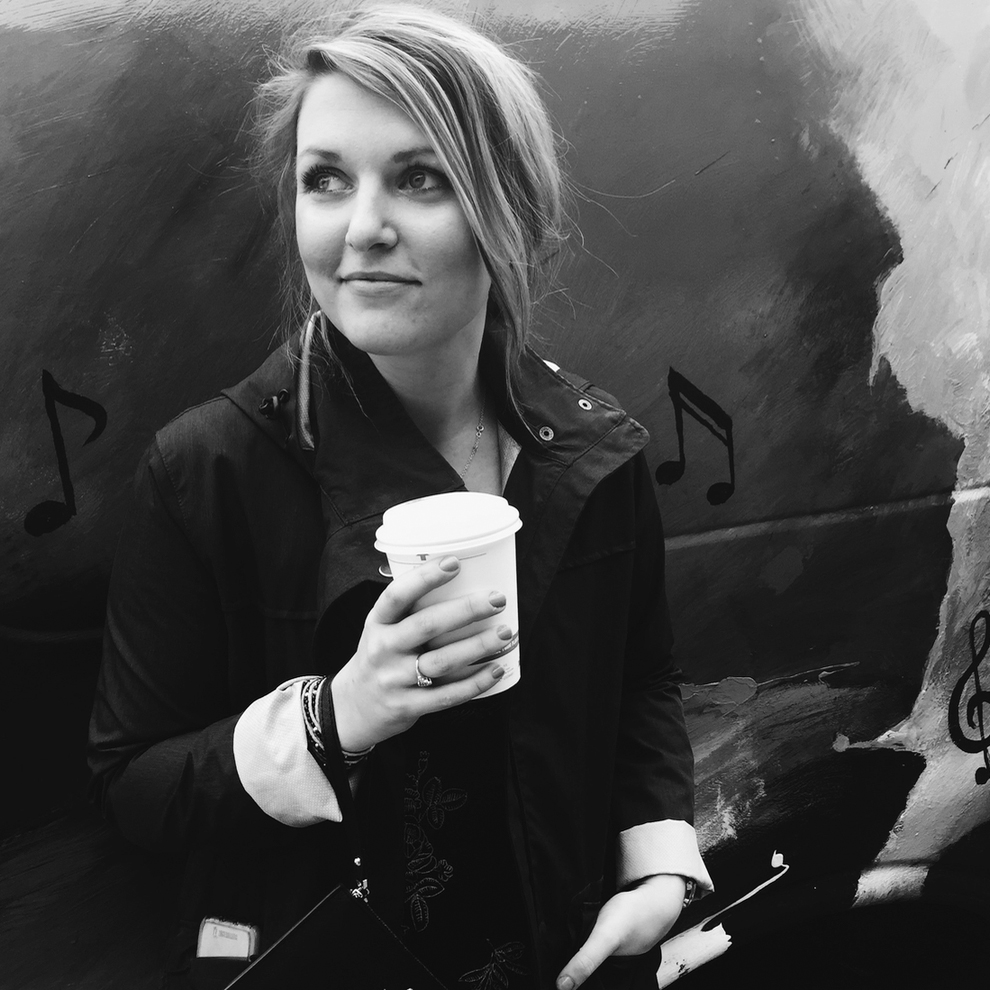
Does walking bring on labor?
There are many old wives' tales about inducing labor — does walking actually work?

By week 40 of pregnancy, it's common for expectant parents to start searching for safe ways to jump-start labor. One common piece of advice is to walk. But does walking actually bring on labor?
The short answer is, not exactly. The start of labor is defined as the onset of regular contractions that lead to cervical change, according to Estela DiFranco Field, a midwife and associate medical director at the Duke Birthing Center in North Carolina.
Walking doesn't induce labor contractions, which are the periodic tightening and relaxing of the uterine muscle that eventually help to push the baby out. However, a stroll can help the body prepare to give birth. In the weeks before labor, the body goes through all sorts of readying changes, DiFranco Field said. In particular, the cervix becomes softer and thinner so it can dilate, and the mucous plug in the cervix that helps to protect the baby from infection falls out. Walking specifically helps the cervix — the lower part of the uterus that connects the womb and vagina and acts as a small canal — undergo the changes needed before a baby can be delivered.
Related: Having a baby: Stages of pregnancy

Walking is "great at the end of pregnancy to help the baby settle into the pelvis," DiFranco Field told Live Science. "I think that's where [the advice] comes from. The pressure of the baby's head against the cervix can help release some prostaglandins to ready the body for labor."
Prostaglandins are a group of hormones that have several functions, including helping the cervix prepare for labor. These prostaglandins promote cervical ripening, a natural process during which the cervix, which is usually stiff during pregnancy (to hold the baby in), softens and thins before labor to enable the baby to move into the birth canal, according to the Cleveland Clinic.
So, while walking won't immediately trigger labor, it could promote thinning and softening of the cervix, and so prepare the body for and progress toward labor a bit sooner than it otherwise would.
Sign up for the Live Science daily newsletter now
Get the world’s most fascinating discoveries delivered straight to your inbox.
Originally published on Live Science.

Donavyn Coffey is a Kentucky-based health and environment journalist reporting on healthcare, food systems and anything you can CRISPR. Her work has appeared in Scientific American, Wired UK, Popular Science and Youth Today, among others. Donavyn was a Fulbright Fellow to Denmark where she studied molecular nutrition and food policy. She holds a bachelor's degree in biotechnology from the University of Kentucky and master's degrees in food technology from Aarhus University and journalism from New York University.









